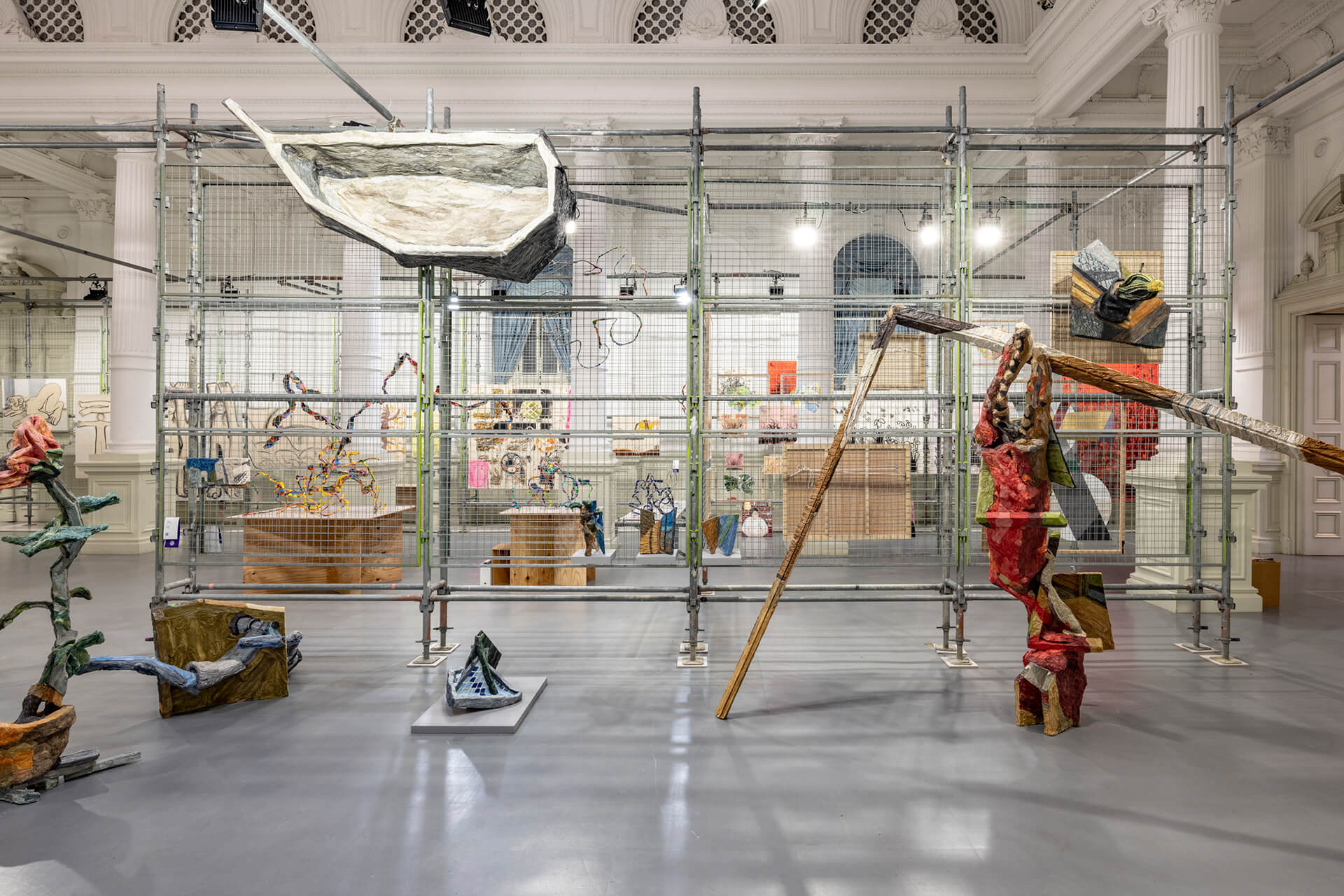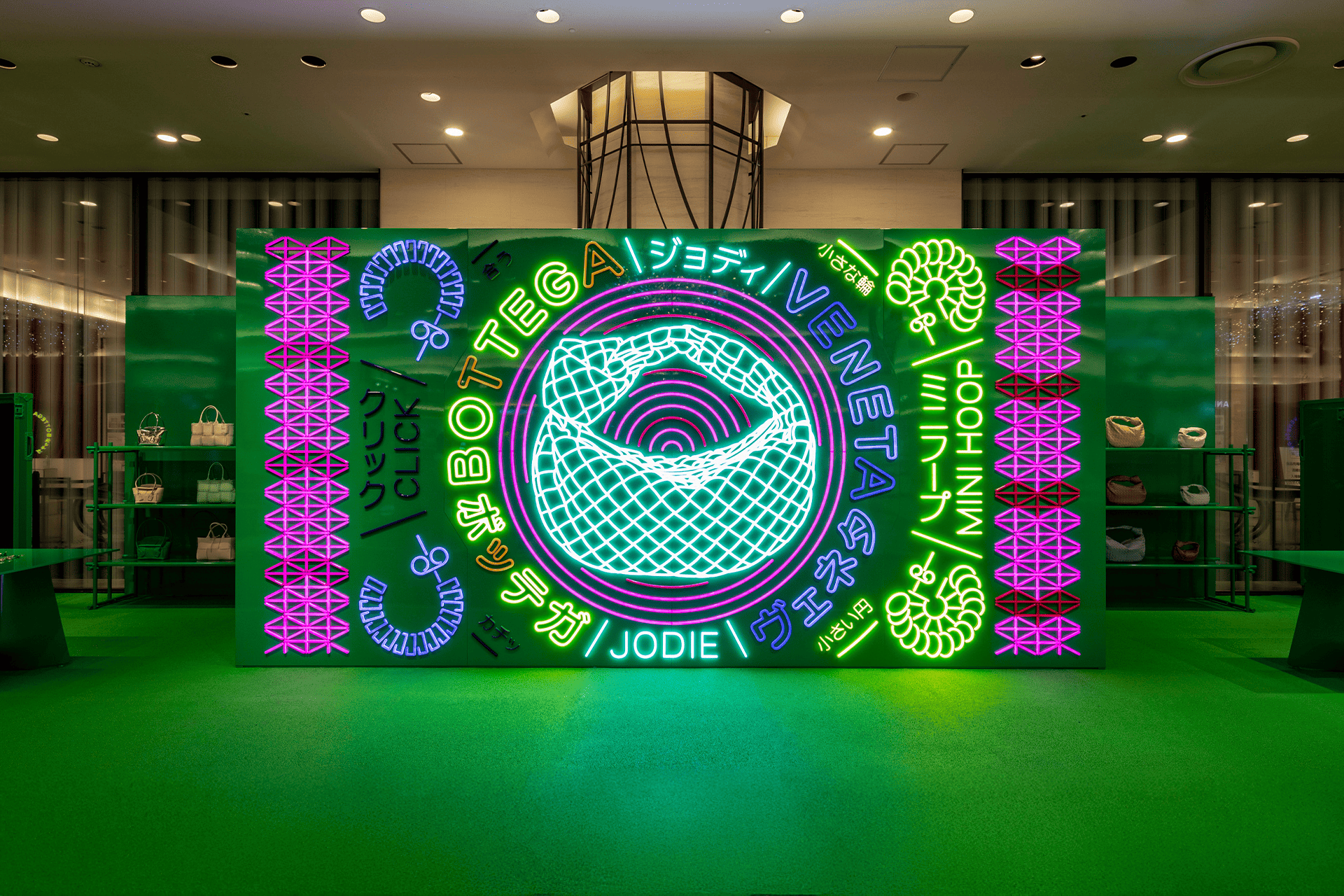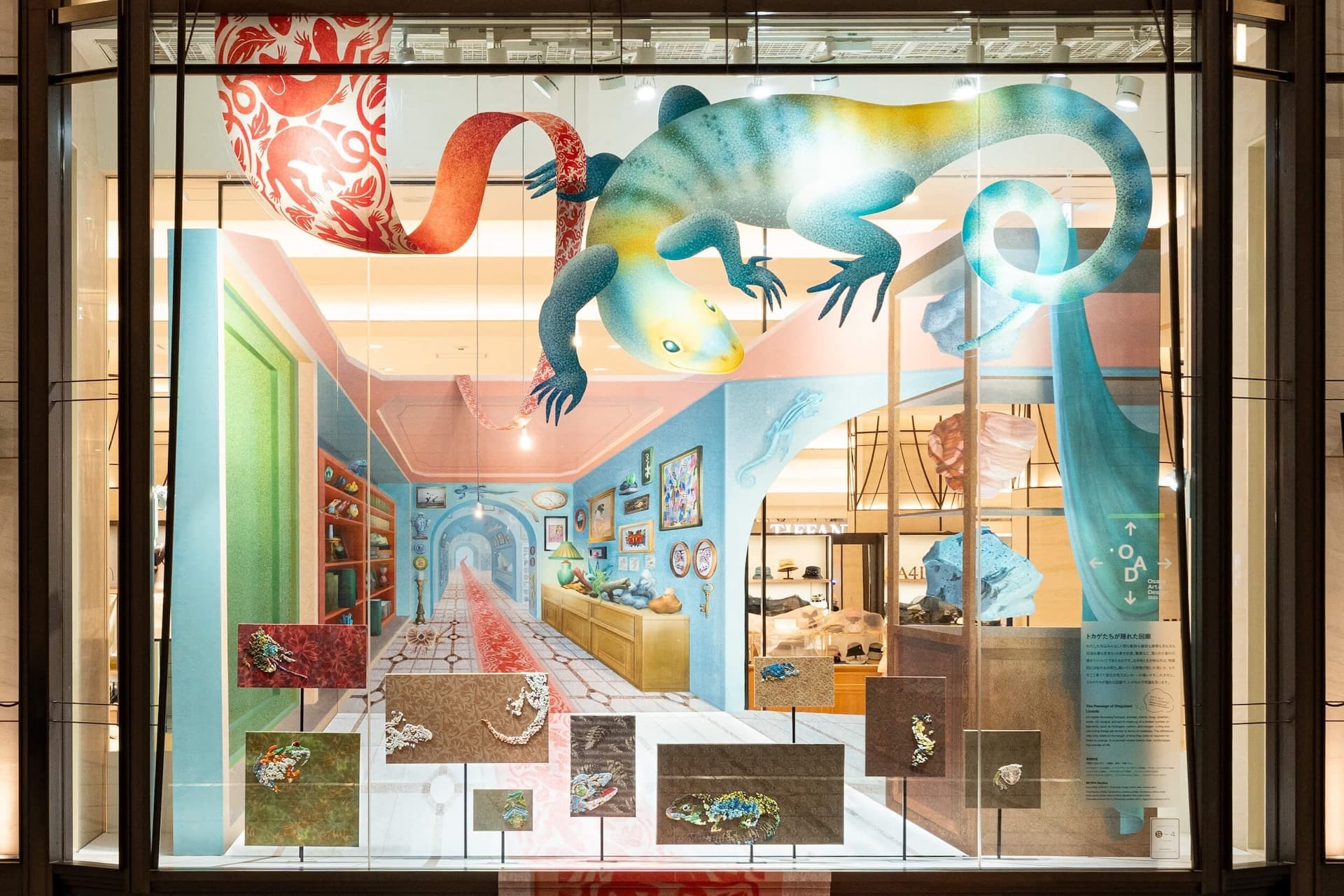The platform that connects creators and projects, "AWRD," has launched a new series titled "AWRD meets GLOBAL CREATORS" (#AMGC).
Focusing on the theme of "New Sensibilities," this series spotlights rising creators from around the world who are active in various fields, such as design and art, while also exploring their creative processes and the unique cultures of their countries.
This time, we feature Marina Fernández Ramos, an architect and designer from Spain. Marina works on projects that try to connect objects, species and spaces, through cooperative processes.
One of her most notable projects is "Tejiendo la Calle," which started in 2012. Through collaboration with women and textile artisans in the village of Valverde de la Vera, located in western Spain, the project showcases textile art created using sustainable materials, including recycled resources. This project presents new perspectives by exploring the connection between art and society, material circularity, and the rediscovery of regional cultures.
Her design and art direction, which modernized traditional local key-weaving techniques and pursued sustainable creation using environmentally friendly materials, were recognized for demonstrating the role of art in public spaces and the potential for collaborative community efforts. In addition to receiving the "Beautiful City Making Award" at the "crQlr Awards 2023," organized by Loftwork Inc. and the global creative community FabCafe Global, which has hubs worldwide, her work was also exhibited at FabCafe Tokyo.
In this edition, we spoke with Marina, who is gaining global attention, about her creative activities and the inspirations behind them.
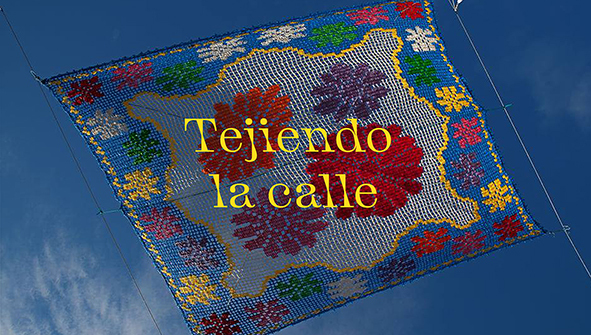
ー How did the "Tejiendo la Calle" project begin?
In 2012 someone from the cultural association of my hometown asked me to exhibit my artwork, but I thought It could be more interesting to do a new project together, something positive for the community. I already had experience as an architect in cooperative artistic projects, and I was working with textiles in a spatial dimension in a housing reform. I designed Tejiendo la calle, we did an open call and many women from my village got involved. At first it was an original and experimental initiative. I had as an inspiration yarn bomb projects like the artist Magda Sayeg´s ones, the wonderful Playgrounds of Toshiko Horiuchi, and some spanish popular traditions that bring textiles out of homes into the balconies. There were neighbors who said our activity was nonsense, but the enthusiasm of the weavers was stronger than these comments. I clearly remember the feeling of the first installation on the streets. A mixture of joy and pride, and at the same time the responsibility of doing a public exhibition in the place where you live. Something fundamental to maintain this over time is to keep creativity alive. We explore different textile techniques and introduce sustainable materials every year.
ー How do you feel "Tejiendo la Calle" has impacted the local community?
Tejiendo contributes to coexistence in a small rural community. This is not a simple matter. We try to create a space for positive integration in a small community where everyone knows each other. We are united by a shared affection for the town, and the desire to do something beautiful together. For some new inhabitants it is a way to connect with their neighbors. For some, it is a way to collaborate for the common good of their community. Everyone has their own reasons. A weaver had an accident and was unable to leave her house for 6 months. Several neighbors helped her, and she wanted to make the most beautiful piece in gratitude. For all of us it is an important way of artistic expression that connects us with a space and its memory. The pieces are valued as important artworks, and the weavers are admired. Pieces by people who are learning are also valued. So, the self-esteem of the entire community grows. The pieces beautify the streets and provide shade in the hot summer. It also raises awareness about the importance of materials' circularity. We work with reused, recycled, or environmentally certified materials.
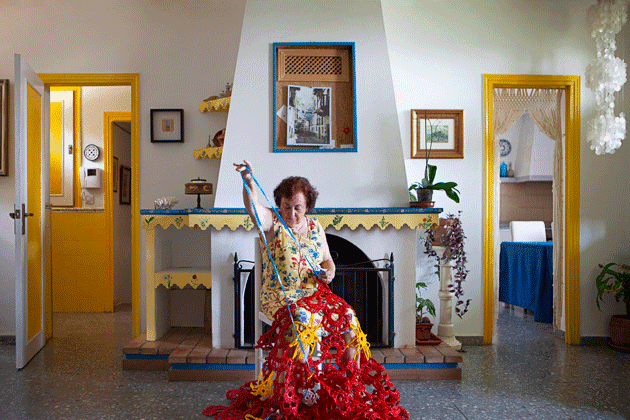
ー You received the "crQlr Awards" in 2023. How has the project developed and what has the response been like since then?
It is a great honor to have received the crQlr Awards in 2023. We are really grateful. It is very comforting to feel connected with people and professionals from such different places and cultures. We have received positive feedback from people from very far away! This makes our desire to improve grow. To make better pieces and to find better ways to make parasols that provide shade to public spaces. This is something common and urgent for the planet now: how to mitigate solar impact, mitigate heat islands and reduce temperatures. Another challenge for the global society is to reconnect with the environments in which we live, to become aware of the environmental impact of materials, production and consumption processes, in order to change damaging habits, and introduce positive ones. As John Donne's poem claims, no man is an island, we are interconnected. So, for us, from a small rural town in Extremadura, it is a pride to do an initiative that can have a positive effect beyond our village. It is also a privilege to learn from the projects that are part of the crQlr Awards platform. I wish that positive actions that impact circularity will multiply.
ー How do you feel about "Tejiendo la Calle" being exhibited overseas?
Tejiendo la Calle being exhibited overseas makes sense the term glocal: thinking globally, acting locally. As I said before, It is also very enriching to get in contact and learn from initiatives abroad that we would never have known about otherwise. This makes our project more appreciated in our context, and I hope it will serve to care more about it. And care more about initiatives that try to build communities and healthy relations with the environment. We need to know more about specific initiatives that enrich global circular processes. Not only design professionals, but society in general. Cultural transformations take a long time. For this, cultural actions like institutional recognition and exhibitions are fundamental in this process, because they penetrate society. I am also thinking especially about design students. As a Product Design teacher, it is very important for me that future designers are aware of these initiatives, that allows us to imagine a desirable future for everyone. The crqlr platform shows nutritious and exciting examples. We are honored to be there.
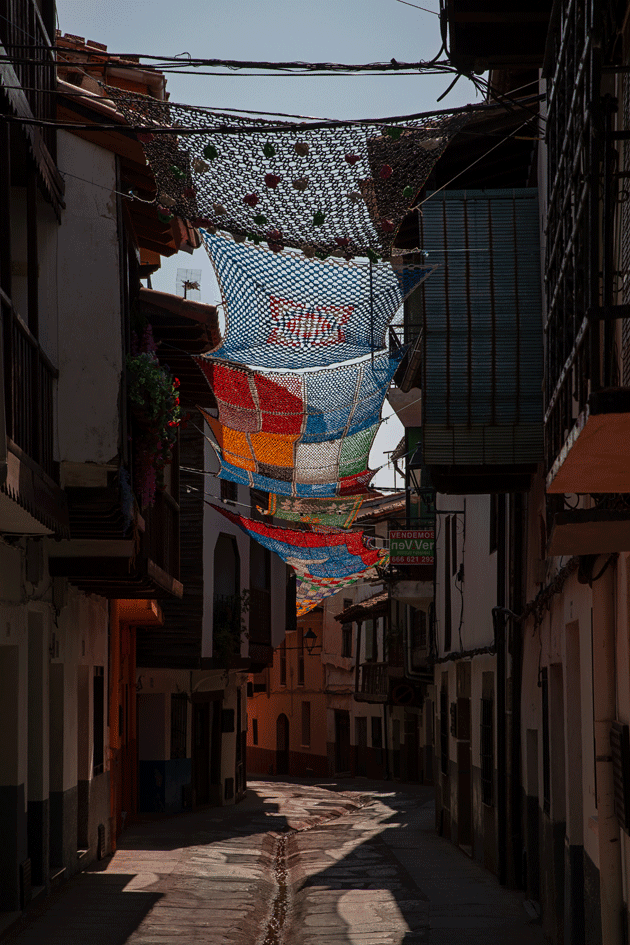
ー Could you recommend any spots that inspire you creatively?
I love Japanese arts and craft. I was on a long trip there there last year. Pre-industrial techniques from rural areas are true treasures, these are really inspiring to me. Like Shirakawago town and it's houses made with wood, cords and vegetal fibers, integrated in a magnificent landscape. I also admire how designers and architects like Kengo Kuma translate this memory to contemporary processes and continue generating knowledge.
I would like to go back and visit “Nebuta festival” which is one of the giant paper lantern festivals that I missed. I find it fascinating how these celebrations keep traditional techniques alive, such as making paper light sculptures, have truly moving expressions in public spaces, and generate community in the places where they are done. I would love to study them in depth, to learn about the techniques and social organization that make them possible.
ー What are your future activities or themes you’d like to challenge?
I would like to improve designing things and spaces using materials in a healthy way. Also continue working on generating positive connections between humans, species, objects and spaces. We try to do this in Tejiendo la calle. In 2023, we convert PVC canvas from advertising into large patchworks or collages, giving another life to waste material. Silhouettes of flowers from protected plants are present now in the streets. Species that are very important for biodiversity and the balance of ecosystems. In 2024 we made flocks of swifts, protected birds that formerly cohabited in the towns and are now disappearing.
I also try to work it through projects like Where the flowers inhabit, a garden of small structures based on the geometries of Malvas, Doronicos and Silene. Flowers of protected plants that through these pieces take presence in other environments. These are materialized by LOWPOLY, a 3D printing producer in Madrid. This technology allows using the minimum amount of raw material and thus reducing the generation of waste. Using PLA, compostable bioplastic based on potato starch, with natural dyes applied in an artisanal way. I wanted them to look like jelly beans that you would want to eat 😊
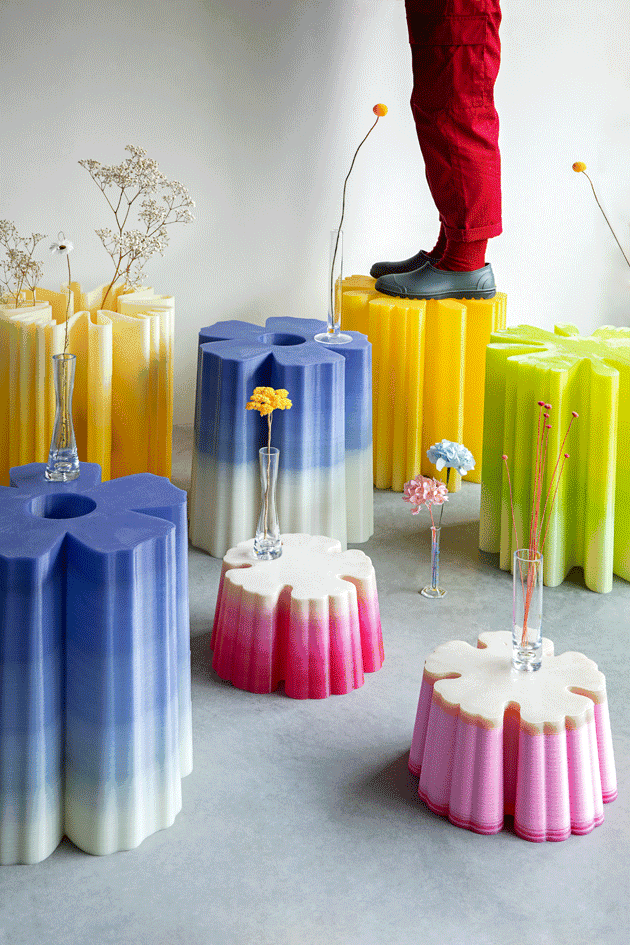
ー If you have any upcoming exhibition information, please let us know.
I spent last summer in my home village, where I started working on a series of lamps made from material grown there: pumpkings. I call them Harvesting Lamps. Beautiful organic shells that I can transform by hand. My grandfather used them as water bottles and containers for small things, and they lasted for years. These have been grown by a neighboring farmer, who grows them and takes care of them for around half a year, and dry them for some months. I am cutting them with ornamental shapes and applying coloured biodegradable finishes without Volatile Organic Compounds (VOCs). The technological components are separable for repairing and recycling. I like this idea that you can use a part of the landscape for some time, and them It would move again to the land. A cradle to cradle process. I also like working with organic aesthetics, sometimes more conceptual designed like in Where the flowers inhabit, other times more literal like in this Harvesting Lamps. As they are all different, I am preparing several typologies, some more like hanging bunches, others tabletop pieces, and other simple hanging. Asier Rua, the photographer I usually work with, and I are going to install them in a beautiful place: Paperground, a small library in the center of Madrid with a delicate and very special selection by Asier and Margherita Visentine of magazines and books about art and design. You can find Tejiendo la calle book there too ❤️
Profile:
Born in Valverde de la Vera, a small town in Extremadura, Spain, in 1980.
Through Submarina Estudio she explores processes that try to connect people,species and spaces through cooperative processes, and working with the material culture of the context. Creator and director of Tejiendo la Calle, a project started in 2012 and currently in force. She designs and is the artistic director of Supertrama, Extremadura's Public Art Program (2017-19), and Filare, together with the Government of Extremadura, a program for Accessibility and Contemporary Creation in rural areas (2020-22).
She teaches Product Design Projects at Escuela Superior de Diseño, ESDMadrid. She is an architect from ETSAM, Polytechnic University. Product Designer from Arte 12 School of Industrial Design. Master in research in art and creation,MIAC, fine arts, Complutense University. Associate professor in the Degree of
Integral Design at URJC (2017-2021).
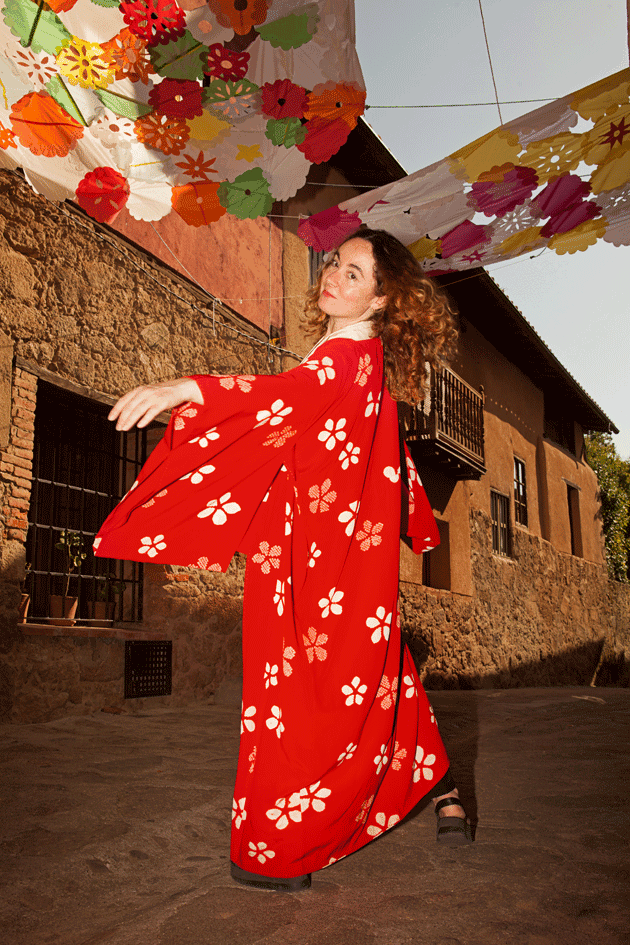
Marina Fernández Ramos
Links
Website:www.submarina.info
Instagram:https://www.instagram.com/marinafernandezramos_/
Edited by AWRD Editorial Team


